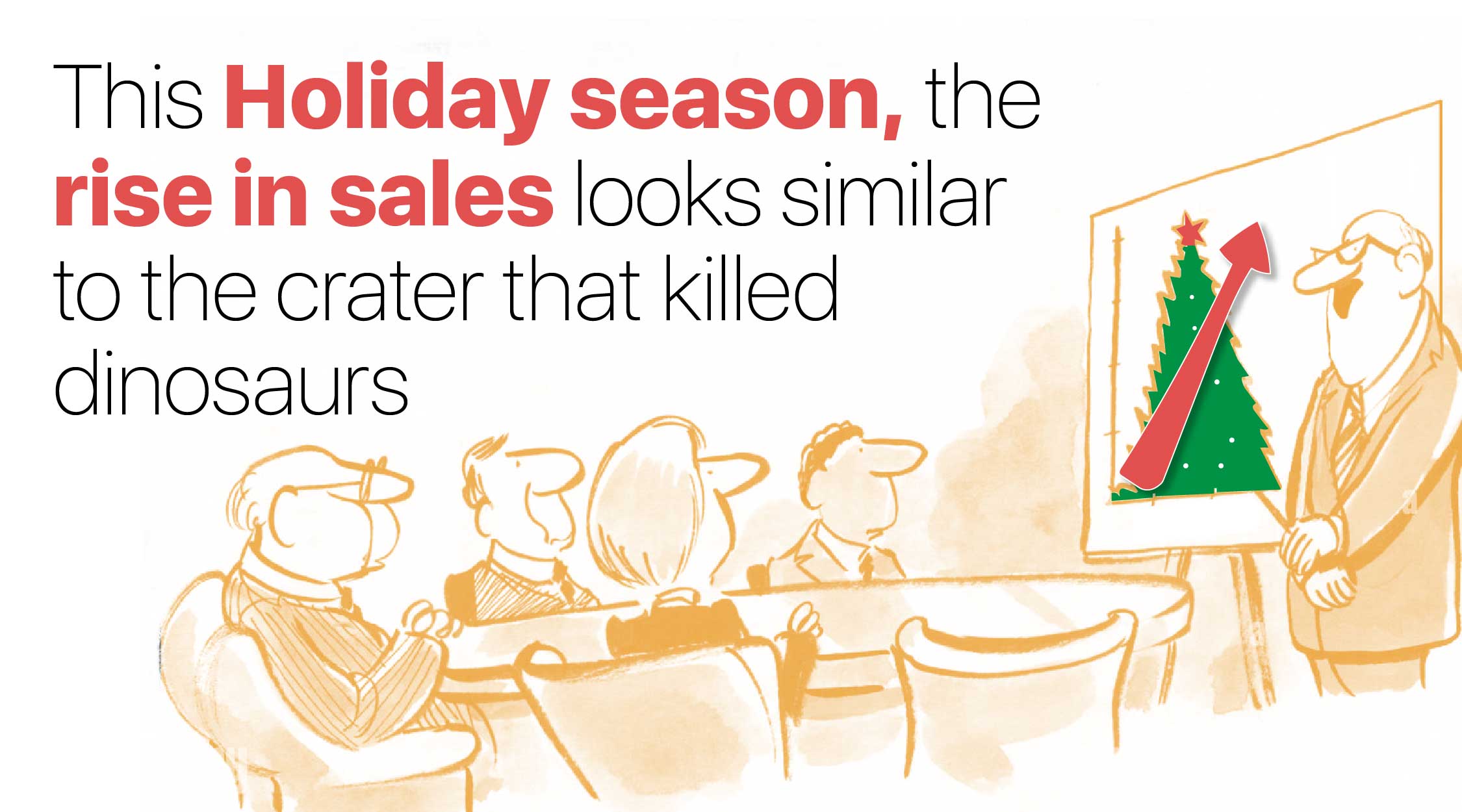As prices tick upward, so do consumer concerns. In January 2023, the Consumer Price Index (CPI) had risen by 6.4 percent across all major categories from 2022. Inflation and the potential for an economic recession make budget-conscious buyers even more skittish and less likely to spend on items they don’t deem necessary. A recent survey found that 68 percent of Americans say inflation has impacted their ability to afford basic necessities like housing, food and transportation.
And make no mistake, digital shoppers are budget conscious. The largest segment of digital shoppers are millennials (31 percent), and they’re always looking for ways to save money at every step of their shopping journey. Over half (56 percent) expect brands to provide personalized promotions based on their purchasing habits and interests.
With inflation eating into their discretionary spending, these budget-conscious digital shoppers will look for even more discounts. Inflation brings behavioral changes, such as actively searching for sales and buying store brands instead of name brands. Among millennials, 23 percent use cashback or rebate apps, and 28 percent use their mobile phones more to find products. They’re using multiple apps and platforms as they scour for deals, creating a shift in how retailers market to them.
Spending Is Up – But Conversions Are Down
Marketers are spending more to reach digital buyers, but with mixed results. While buyers are clicking on more ads, traffic and conversions are actually declining. During the second quarter of 2022, 2.3 percent of visits to e-commerce websites in the U.S. resulted in purchases, down from 2.6 percent in the same period in 2021 .
Meanwhile, direct traffic to brand websites is down 16 percent, and bounce rates are up by 6 percent. Consumers are looking for products in new ways as they search for the best price, and they’re not staying long on a retail website if they don’t find it right away.
Reaching Budget-Conscious Consumers at the Right Time
Even before inflation became an issue, retailers had already begun exploring new ways to reach their audiences. Now, they’re zeroing in on search, everything from using targeted keywords to presenting offers across platforms like Amazon and Etsy.
However, connecting with these audiences requires understanding how to use content, deals and dynamic links. It becomes more important than ever, particularly with the demise of third-party cookies, to support advanced keyword targeting to ensure digital buyers are coming to the retailer’s domain. When consumers search, they don’t always get the right result, due to a mistyped word in the search that leads them to a site full of fake reviews and knockoff products. They may also get sidetracked by social media ads.
It is important for marketers to leverage advanced keyword targeting, deal widgets and search technology, found in SitePlug’s performance products that drive sales.
It can help retailers reach these digital buyers. It works in three ways:
- Corrects typos so that consumers are directed to the correct domain instead of a site full of false reviews and products, allowing retailers to capture high-intent shoppers.
- Delivers brand’s link to shoppers by identifying the user’s inputs, bypassing the search page to recommend only the brand’s link.
- Engaging the a digital shopper through site discovery, presenting them with coupons, deals, buy now widges and more at the right stage of their journeys.
As digital shoppers continue to hunker down due to inflation and economic concerns, brands and marketers will need to find increasingly creative ways to reach them during their buying journeys. Automated tools will be a necessary part of their strategies. To learn more about how to reach price-conscious consumers, download our eBook, “The New Shopper Journey: How to Connect with 200+ Million U.S. Digital Buyers.”






